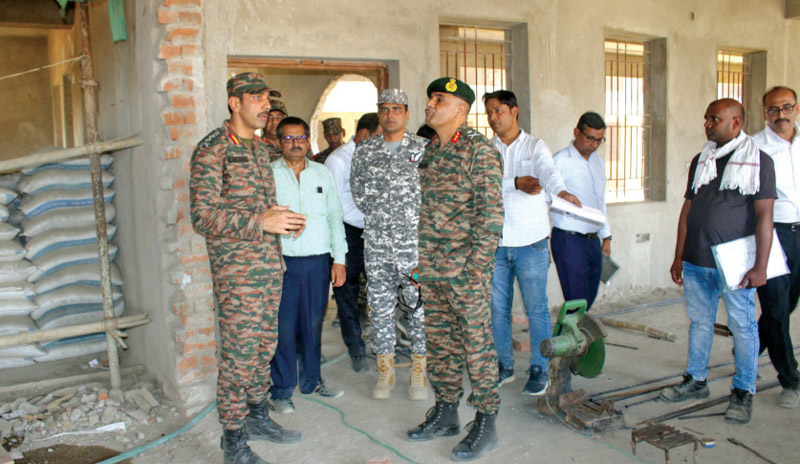Quality Over Quantity
 Lt Gen. Z.U. Shah (retd)
Lt Gen. Z.U. Shah (retd)
The National Defence Academy and other training establishments, preparing youngsters for a commission in the armed forces, get their intake from a number of institutions like Rashtriya Indian Military College (RIMC), Rashtriya Military Schools (RMS), Sainik Schools (SS) and hundreds of other schools across the country after class XII. There is one RIMC, five RMS and 33 SS. On an average, the selection rate for students from the above three schools in the Service Selection Board (SSB) process is generally higher compared to students from other schools because these institutions are specifically designed to prepare students for entry into the armed forces academies.
The percentage of newly commissioned officers who are alumni of Sainik Schools, can vary from year to year, with the average intake of 20-30 per cent of cadets. While Sainik Schools provide a solid foundation for students interested in pursuing a career in the military, the exact percentage of officers who graduate from these institutions depends on factors such as the number of vacancies available in the armed forces, the selection criteria and the performance of candidates in the selection process.
The Sainik Schools get an annual fee support of 50 per cent of the fee, subject to an upper limit of INR 40,000 per annum for 50 per cent of the class strength (subject to an upper limit of 50 students), per year from class 6 onwards until class 12. A school that has until class 12 is provided support of maximum INR 1.2 crores per annum. This is given as partial financial support to the students. Other incentives offered to the schools include an amount of INR 10 lakhs as training grant given annually based on academic performance of the students in class 12. Despite this huge financial largesse, it has been the case that some students, having secured a subsidised education at government expense, deliberately don’t make an effort to get selected.

GOC J&B, Sub Area Maj. Gen. Bharat Mehtani inspecting the construction of permanent campus of Sainik School Gopalganj at Sipaya
In 2021, the Union government opened doors for private players to run Sainik Schools in India. In the annual budget that year, the government announced plans to set up 100 new Sainik Schools across India. Any school having Sainik School Society (SSS) specified infrastructure—land, physical and IT infrastructure, financial resources, staff etc.—could, potentially. be approved as one of the new Sainik Schools. However, as per reports, most requirements of this qualifying criteria have been overlooked, and only the infrastructure criterion makes a school eligible for approval. This limitation enabled sub-standard schools, linked with narrow, blinkered ideologies, to apply.
The Sainik Schools have recently come into focus after defence minister Rajnath Singh announced the establishment of 23 new Sainik Schools, in public-private partnership mode, to meet the initiative of setting up of 100 new Sainik Schools in partnership with NGOs/private schools/state governments in a graded manner, for admissions to class 6 and class 9 for the academic year 2024-25, through a written exam called All-India Sainik Schools
Subscribe To Force
Fuel Fearless Journalism with Your Yearly Subscription
SUBSCRIBE NOW
We don’t tell you how to do your job…
But we put the environment in which you do your job in perspective, so that when you step out you do so with the complete picture.








